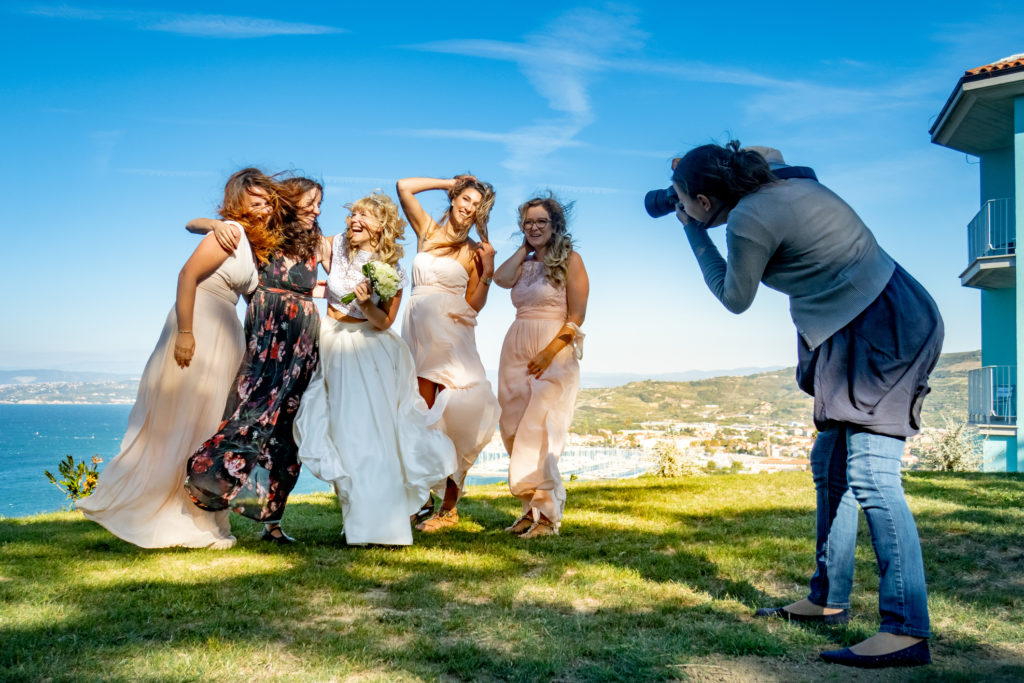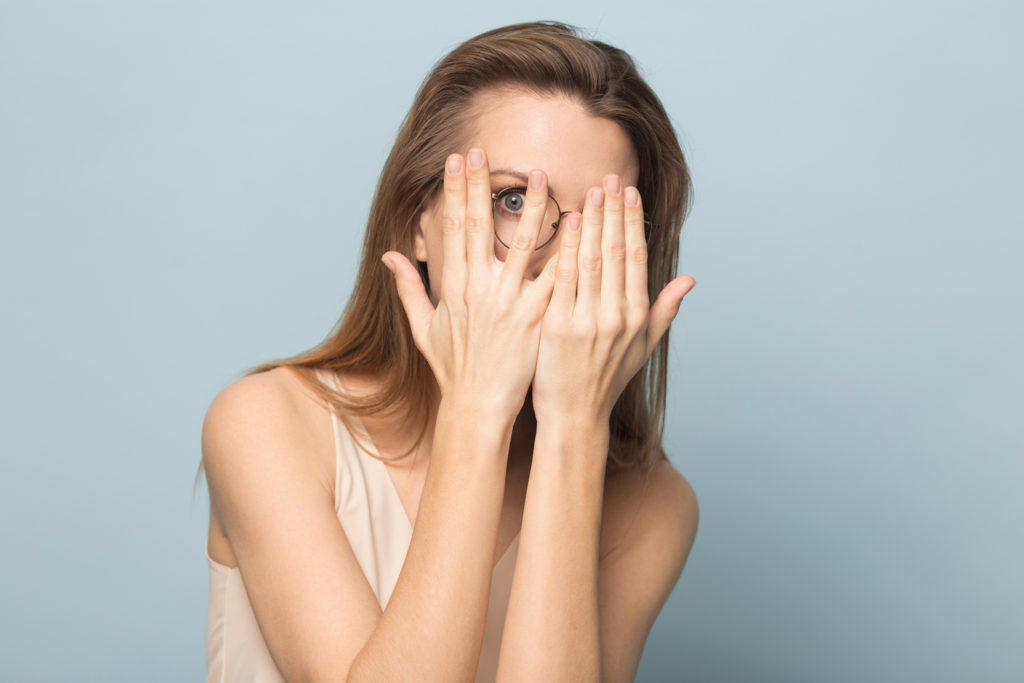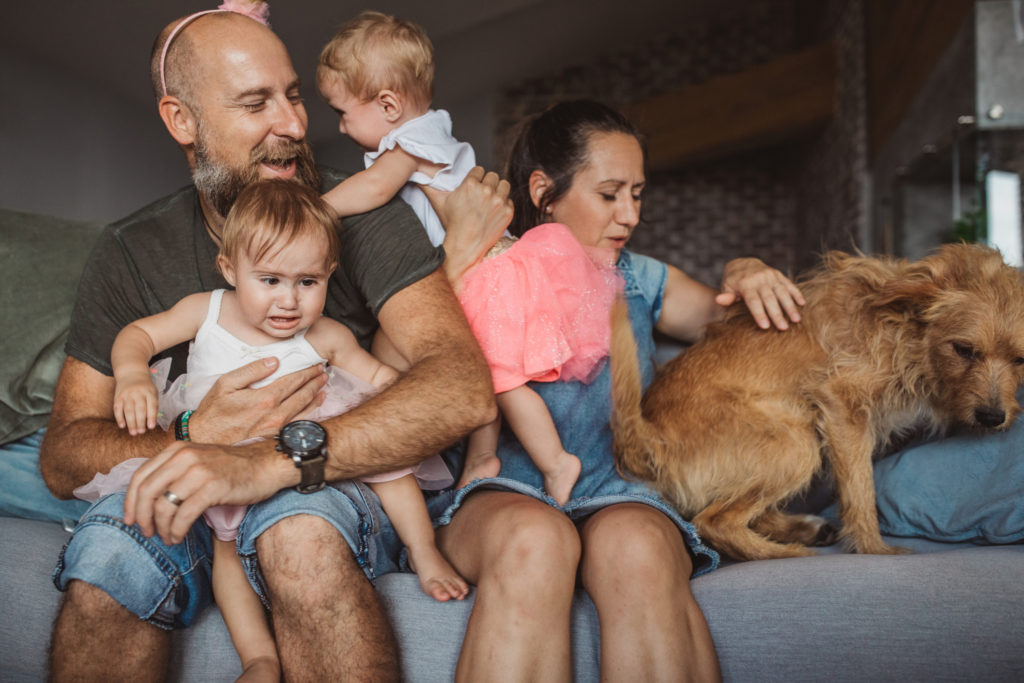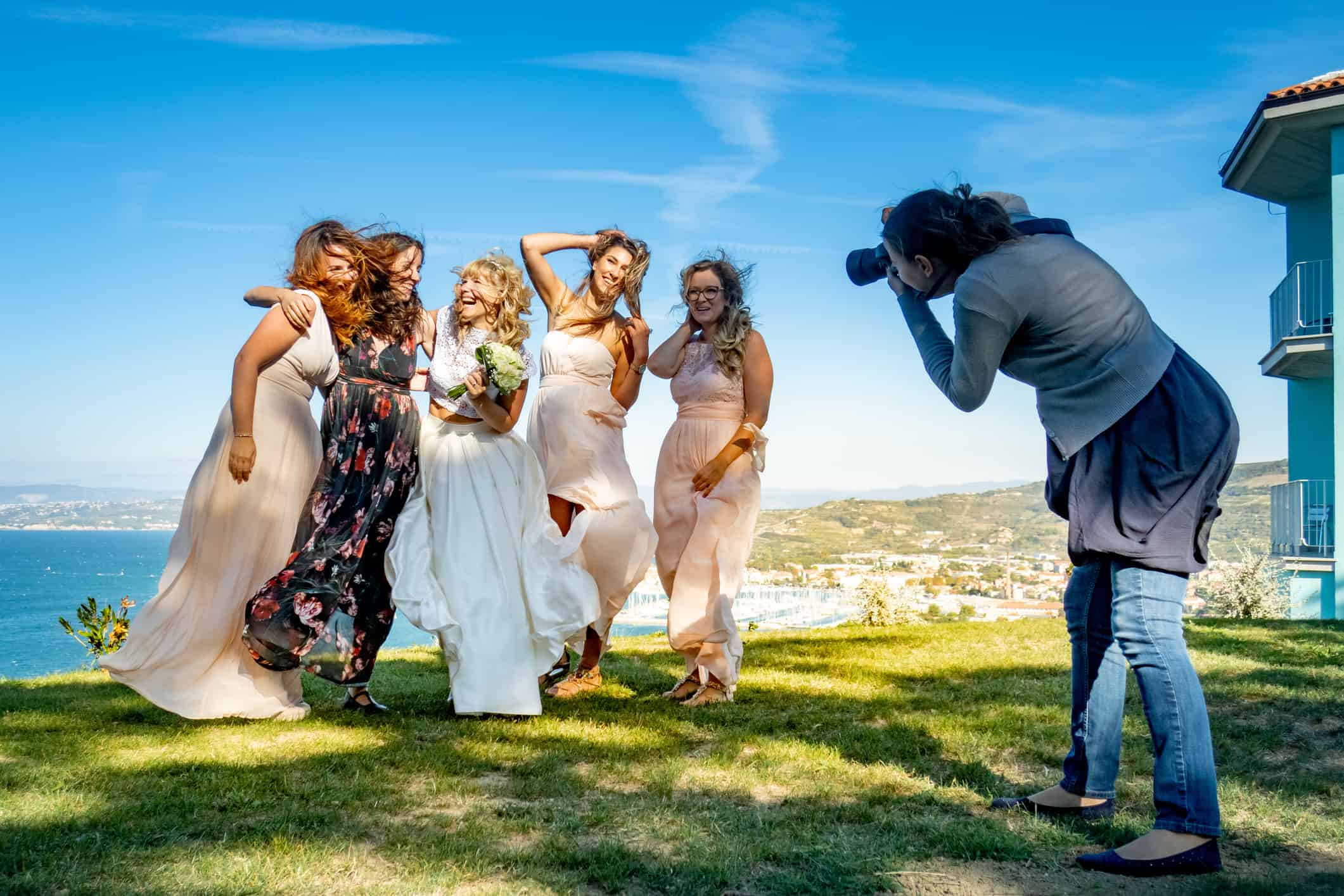In this age of smartphones, with their constantly evolving cameras and image editing features, it seems everyone is a photographer. However, the fundamentals of good portrait photography go beyond ‘point and shoot’. World Photography Day is Wednesday, 19th of August, and with technology so readily available, photography is fast becoming a popular hobby. With a lot of us spending more time at home, perhaps with family, now is as good a time as any to hone your photography skills and capture some moments together!
Portrait Photography Tips
What makes a good photographic portrait?
One of the best (and worst) things about any artistic endeavour is the subjectivity. One person’s gold-medal-winning image may be less than impressive to the next viewer. A photo snapped without forethought may reach the same level of respect as a carefully planned portrait.
With that being said, there are some basic portrait photography tips which should help to create a noteworthy image.
As highlighted by My Modern Met, good portrait photography should always “create a connection”. Photographer Steve McCurry says, “A good portrait is one that says something about the person. We usually see parts of ourselves in others, so the good portrait should also say something about the human condition.”

Getting started
When you’re starting out as a portrait photographer, it can help to stick to the rule of thirds. Generally speaking, to form that all-important connection, the photographer should keep the camera at around eye level with the subject. This means the key figure in the photo will be looking directly at the viewer. Their eyes will be in line with the top third of the picture, whether it is a close-up or a long body shot.
In some cases, the impact of the image is created by the subject looking off camera. If you have more than one subject, the beauty of the picture may stem from the people in it looking at each other. It all comes down to the magic of the moment which has been captured and the emotion it conveys.
It is impossible to define exactly what makes a good portrait beyond the fact that it stirs emotion. Lighting, location and exposure can all be used in different ways to tell a beautiful story from a single moment.
To get started, have some fun and experiment. Place your subject differently in the frame and ask them to look in different directions. Play around with light, shutter speed and filters to achieve different effects.
Formal vs informal portrait photography tips
For a formal photo, preparation is essential. Good hair and makeup, plus the right lighting and background will give the shot a professional look. Ask your subject to bring a couple of different outfits to make the most of their session.
Posing someone for a formal photo can work if you are capturing a corporate headshot or an official wedding photo. However, it is those candid moments which can be truly special. For example, asking a bride and groom what they love to do and taking a shot of them doing it (e.g. sharing an ice cream) can bring out their connection. During a family photo session, giving children a ball or blowing some bubbles can evoke natural smiles.
Taking a series of informal portraits and framing them together can also serve to tell a lovely story. Whether the subject is looking at the camera or away from it, try to focus on their eyes as you take the snap.
Choosing your location – indoors vs outdoors
When it comes to taking photos, it’s all about light, light, light. As any wedding photographer will tell you, it is preferable to shoot outside on an overcast day as it will eliminate the problem of harsh shadows and can present enriched colours.
If you’re planning to shoot outdoors, pick the right time of day. There should be plenty of natural light to work with. In winter, consider how quickly the sun drops away from 4 pm and plan accordingly.
Shooting outside can be difficult on a sunny day. The subject will look best if they are facing the sun but they may struggle not to squint. Experts recommend taking photos in the shade but using proper exposure and white balance for the best results.
For an outdoor shoot, it is ideal to work with a background which isn’t too ‘busy’. It can help to do some scouting around beforehand as it can be surprising how few locations will be ideal. A plain wall with no dirt or graffiti can be hard to find! You could also pick a location, only to realise when you arrive that there are rubbish bins or power lines which ruin the shot.
Many amateurs set out for the beach with the idea of a gorgeous portrait against a backdrop of the ocean, only to be thwarted by the wind. Bring a comb and some hair ties to control the situation and check the forecast before you leave. If it’s too windy, it won’t be worth it.
Similarly, if you’re shooting indoors, you will need to minimise clutter so you can focus on the subject. A messy background will distract from the face in the picture (unless of course, that is the purpose of the shoot).

Portrait photography tips: How to instruct your subject
As explained by Phillip Prodger, Head of Photographs at the National Portrait Gallery in the UK, “Portrait photographs are special because by definition there are at least two people involved in their making: the photographer and the sitter. Neither has complete control over the other.”
It can be frustrating to see someone suddenly freeze up when the camera comes out but it is your job to make them feel comfortable. Get them to stretch, twist and bend while you snap a few shots. Encourage them to occupy some extra space with their body and pull some faces to get them to relax.
Have some poses planned ahead of time. These can start off simple, with arms crossed or holding an object. Play around with angles by asking your subject to look down then up at the camera or turning their head slightly sideways.
You can always take a few shots then show your model which angles suit them best. Sometimes it even helps to have them speaking with someone off camera so they relax and act like their natural selves.
Having a pen or item you can hold and ask the subject to look at may help you photograph the right moment. If you’re trying to capture a certain emotion, ask them to think of a time in their life when they felt overwhelmed, thrilled, devastated or disappointed.
Be encouraging and tell your subject they look great but don’t gush about their looks! This may backfire and cause them to blush.

Portrait photography tips: Taking photos of kids and pets
Kids are so beautiful, but ask them to pose and they will slap on a grin which can look completely fake. Instead of making them say “Cheese”, try to make them laugh by asking them to repeat some funny phrases like “Mummy is a monkey!” or “I’m a silly billy!” Their delighted response will make it easier to snap a genuinely happy expression.
As mentioned before, when it comes to kids and pets, candid/informal shots can be really effective. A favourite toy they can run towards may make a lovely action shot.
Good portraits all come down to that moment of connection, either with the lens, something within the frame or an off-camera item. Of course, with dogs, a treat they really want but have to sit down for will encourage stillness and the right expression.
Because children and animals tend to be small, try to get in close and avoid a background which will distract from the image. Sometimes a black and white shot can stand out beautifully, so mix up your collection.

Phone or camera: is it possible to take a really great photo on your smartphone?
There is a huge difference between a quick snap and a photo which has been carefully planned, shot and edited.
Tech Radar recently took a smartphone and a high-end camera out to test some different shots. The resulting images are all stunning, however it is definitely possible to spot the higher quality of the more expensive machine.
An expensive camera is able to give wider views and shoot with a slower shutter speed, which can give more visually appealing effects. You can also use it to highlight the subject, which works well with a portrait photo.
With that being said, it is still possible to take beautiful images with your smartphone if you pay attention to features, filters and editing software. There are even smartphone photography competitions you can enter.
Smartphone cameras are improving in quality every year and with some patience and practice, you can take excellent images. However, if you’re serious about improving your photography, you will do well to invest in a quality camera and learn how to use it.
What to do with your portrait
When you have a photo you just can’t take your eyes off, take it to a quality printer and then have it framed to keep at home or give as a gift. You can also find printers to put the image on a mug, keyring or calendar so you can treasure it for a long time.
Another fun activity is to download one of the myriad apps that can take photos and turn them into cartoons, sketches and even oil paintings, just by placing a filter on the image. A simple browse through the app store will reveal a whole host of apps to choose from. Just remember to always make a copy of the photo you edit, rather than making permanent changes to your original image.
See you in Port Macquarie
Our beautiful natural landscape in Port Macquarie spoils us for the perfect location shoots. You’ll also get a pretty special shot enjoying the day at The Westport Club with the stunning Hastings River in the background. If you decide to pick up your camera and have a go, we would love to see your results! Share your photos with us on any of our social media pages.

